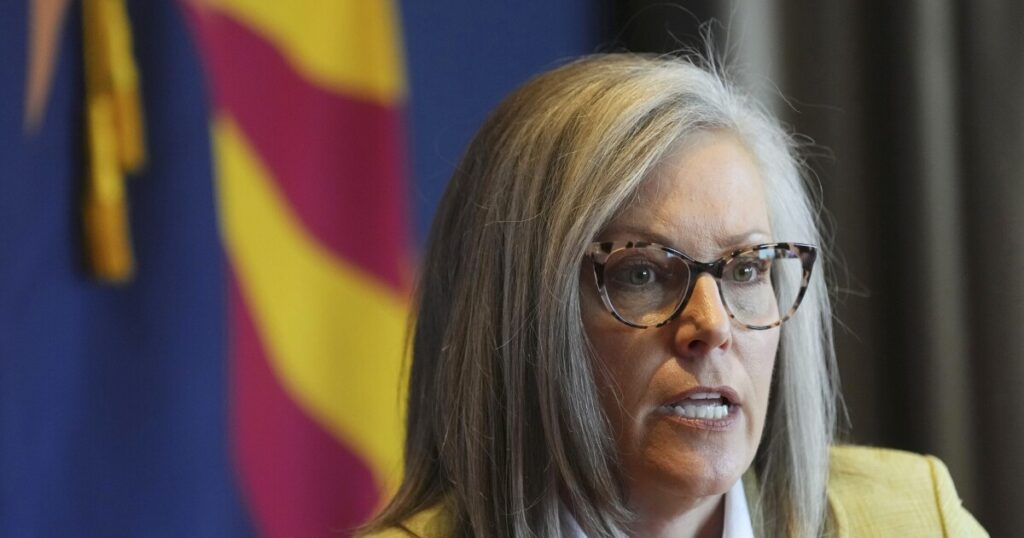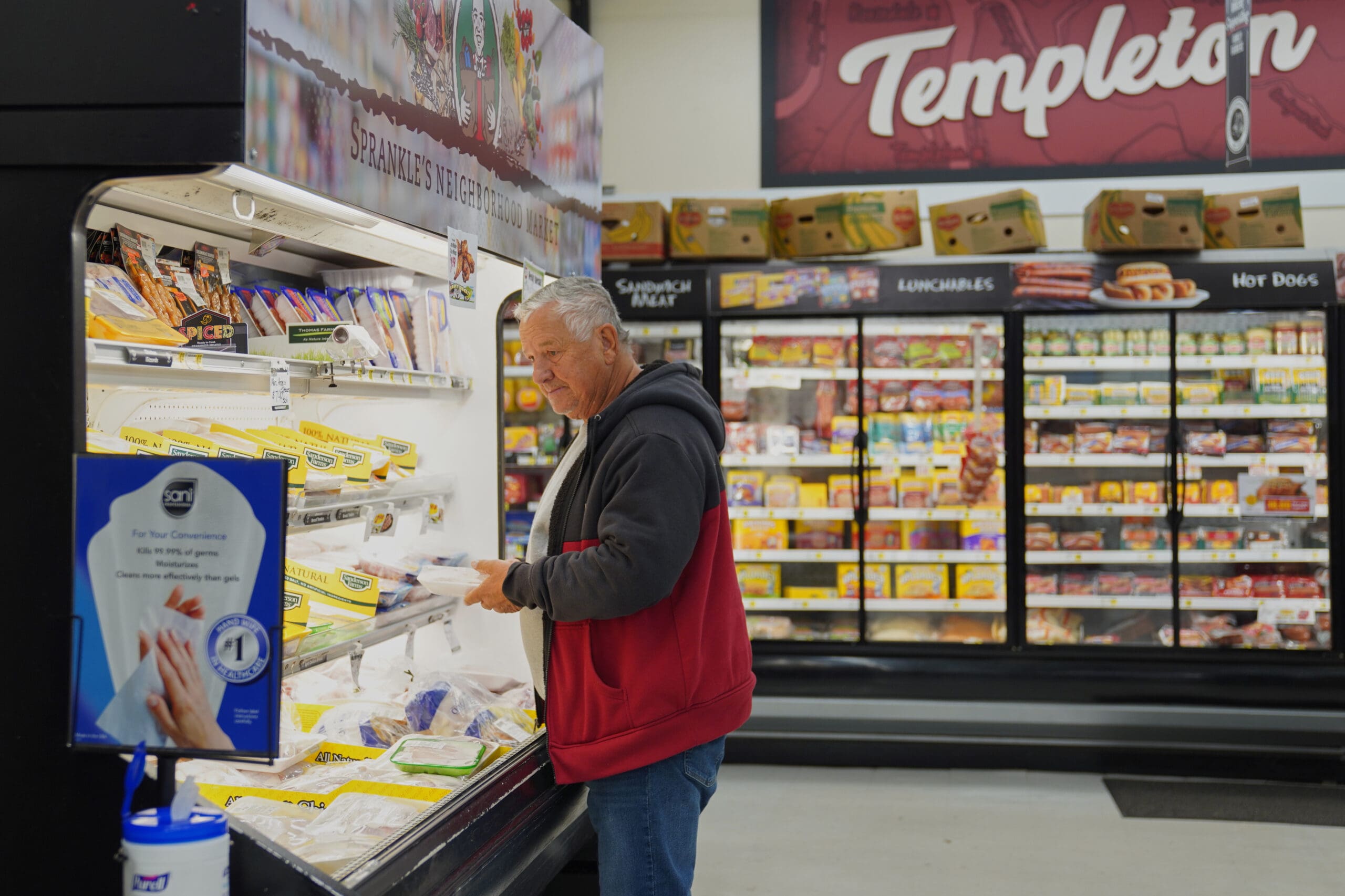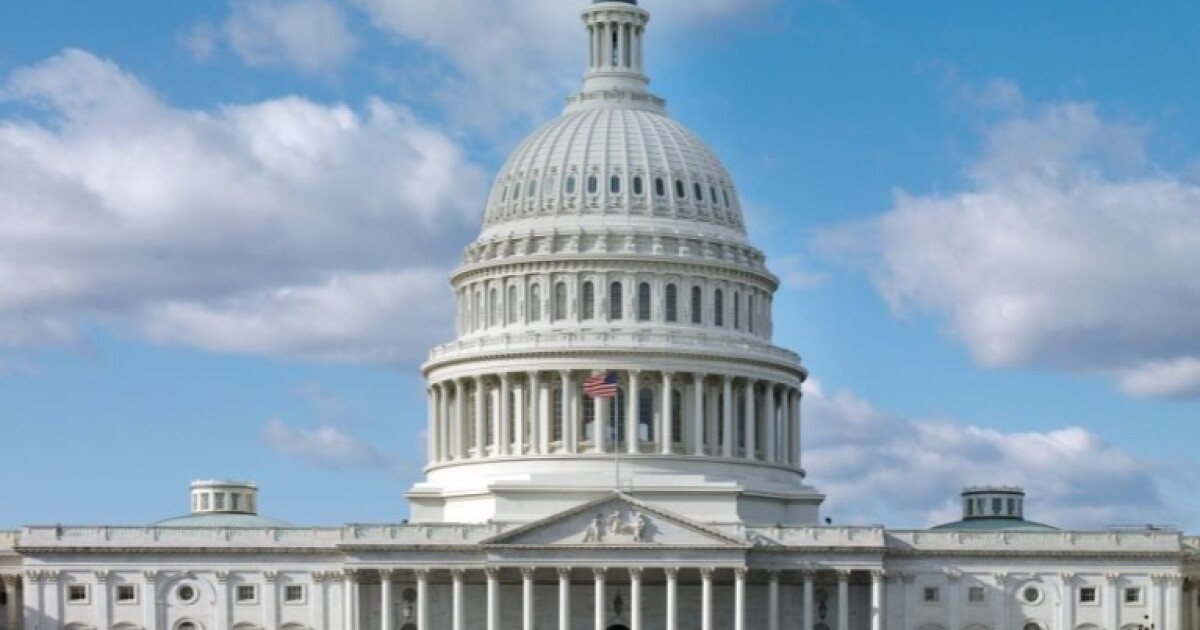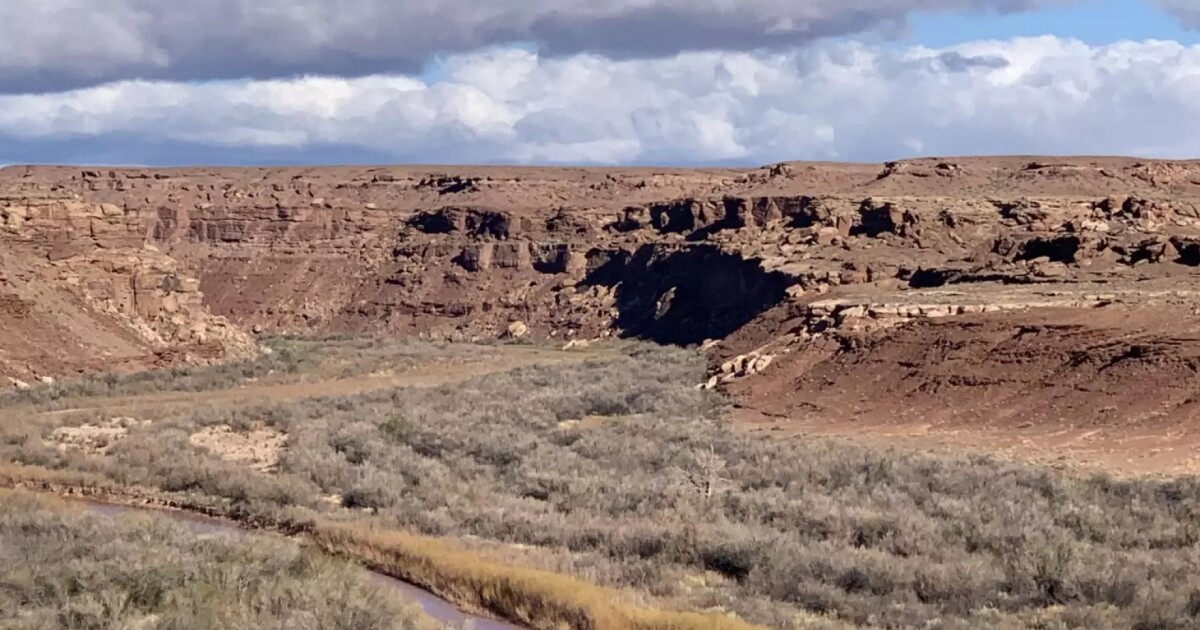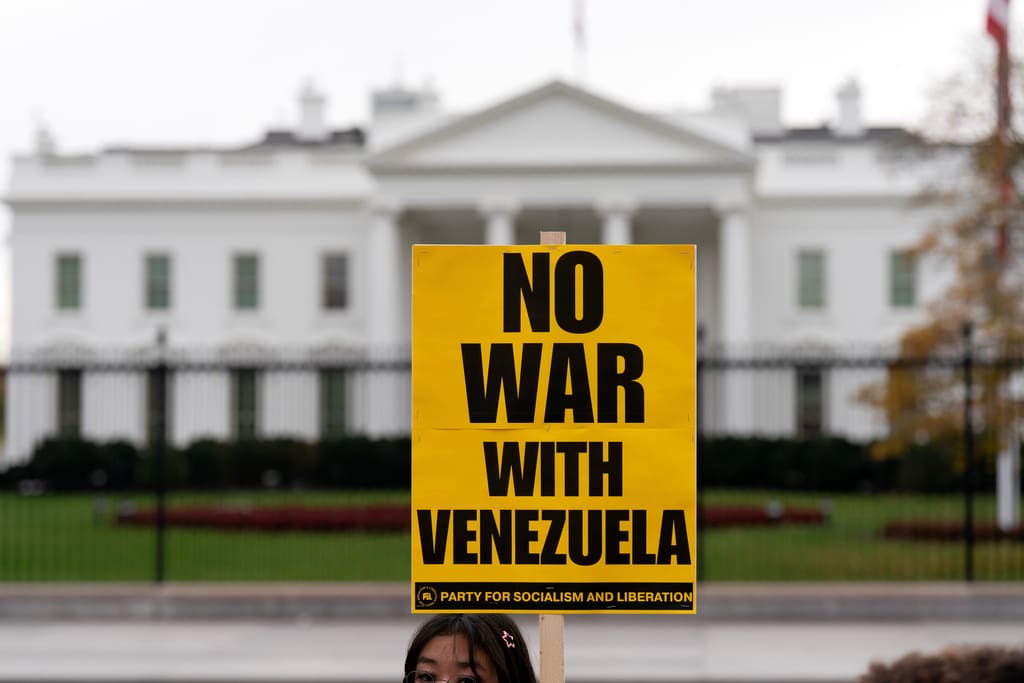Arizona Seeks Federal Aid to Bolster Rural Health Care Amid Medicaid Cuts
PHOENIX—As rural health care faces potential setbacks due to looming Medicaid reductions, Arizona Governor Katie Hobbs is stepping up with a strategic application for a share of $1 billion in federal assistance. This funding is part of a $50 billion allotment by Congress aimed at supporting rural health services over the next five years.
The initiative, dubbed the “Big Beautiful Bill,” seeks to counteract the financial hurdles rural hospitals face. However, it also introduces a significant reduction in Medicaid spending, with national cuts projected at $911 billion over a decade. The Kaiser Family Foundation (KFF) estimates that $137 billion of these cuts will impact rural areas, placing many hospitals in precarious financial positions.
A University of North Carolina study highlights that five Arizona hospitals are particularly vulnerable to closure due to these Medicaid cuts. These include:
- Carondelet Holy Cross Hospital in Nogales
- Copper Queen Community Hospital in Bisbee
- Cobre Valley Regional Medical Center in Globe
- Page Hospital
- Winslow Memorial Hospital
Applications for this federal funding needed to be submitted by Wednesday, and Arizona’s prospects look promising. By statute, half of the $50 billion will be equally distributed among states with approved applications, ensuring Arizona receives an amount comparable to other states regardless of size.
The remaining $25 billion will be allocated based on the Centers for Medicare and Medicaid Studies’ evaluation of each state’s compliance with the law’s requirements.
Governor Hobbs’ plan targets four key areas. It proposes an annual $57 million investment to expand medical residencies in rural hospitals, and subsidizes education for future medical professionals committed to rural service. Additionally, $51 million per year is earmarked for subsidizing fixed costs of rural health care providers, including technology and equipment upgrades.
To enhance rural health care access, Hobbs proposes $45 million annually for initiatives like mobile clinics and telehealth services. Smaller allocations include $12 million for chronic illness prevention, $10 million for addressing behavioral health and substance abuse, and $5 million to improve obstetric care and maternal mental health access.
Governor Hobbs emphasized the affordability and accessibility challenges Arizonans face, particularly in rural areas. She stated, “And rural Arizonans face challenges like potential service reductions and hospital closures, a lack of health care professionals, long wait times, insufficient access to specialty care, and outdated technology that is holding our communities back.”
The Medicaid cuts stem from new federal legislation imposing stricter work requirements. Starting in 2027, individuals not working at least 80 hours per month—or participating in an approved activity—may lose coverage, with exceptions based on age, health, and caregiving responsibilities.
Another significant change mandates eligibility reverification every six months, down from the current annual requirement, necessitating specific documentation. This impacts Arizona’s Medicaid program, which serves about 2.1 million residents—roughly a quarter of the state’s population.
Estimates suggest that more than 190,000 Arizonans might lose coverage due to documentation issues, with KFF predicting figures as high as 360,000.
Hospitals face increased strain with fewer Medicaid recipients, as these individuals lose access to routine care and may resort to emergency rooms for more severe conditions. Federal regulations require hospitals to treat patients in emergencies regardless of their ability to pay.
Additionally, the federal plan will reduce funding from a mechanism allowing hospitals to self-tax to draw more federal dollars, potentially decreasing Medicaid funds by $6 billion over five years.
Governor Hobbs underscored the distinct needs of rural areas with data showing a median income disparity and higher unemployment rates compared to urban areas. Health outcomes in rural areas also lag, with higher mortality rates from cancer, cardiovascular disease, and other conditions.
The application process included input from a wide array of stakeholders, including rural health clinics, hospitals, Medicaid health plans, tribes, and elected officials. Support letters from multiple organizations and three U.S. House members underline the broad-based backing for the initiative.
—
Read More Arizona News

